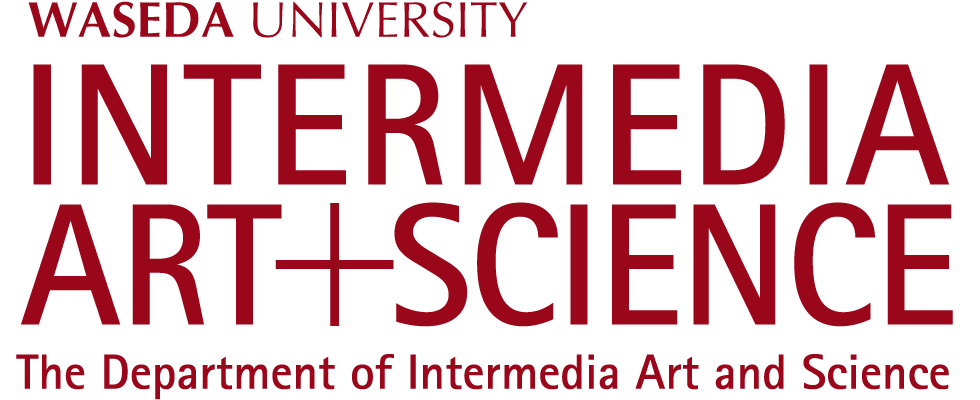
The Department of Intermedia Art and Science
provides the ideal environment for a structured approach
to education and research across diverse media,
where science intersects and fuses with artistic expression.
Our Mission
The Intermedia Art and Science major was established in 2007 within the School of Fundamental Science and Engineering at Waseda University. A fusion of science with artistic expression was formed to meet the challenges inherent in responding to new needs and realizing fresh forms of creation in today’s world. Any envisioning of new cultural expression and industrial innovations born out of recent media technology development is accompanied by inevitable challenges that must be surmounted including the risks of insufficient quality or quantity, or even incompatibility with human sensorial experience. In order to solve those issues and take a comprehensive examination of lifestyles and social systems that make use of cutting-edge media, there is a need to employ science, technology and creativity to understand and represent the living bodies in diverse formats, including emotional resonances and alternative methods of communication. The Department of Intermedia Art and Science aims to activate with understanding of these sensitivities, building upon them to nurture students who can respond to the social needs of our contemporary world, birthing innovative new forms of creation through the fusion of technology and art.
News
2025.07.17 Updated the design of this website.
Course of Study
The Department of Intermedia Art and Science’s undergraduate and graduate programs were established to tackle the quest for a methods of discourse that fuse science with artistic expression, and in doing so launch a new academic field. The department maintains a fluid form between the undergraduate and graduate schools, through which education and research go hand in hand.

Project Study
Oikawa Research Lab
In Oikawa Lab., various acoustical topics from basics to applications (including: sound measurement and visualization; creating acoustical devices and software; physics of musical instruments; acoustical signal analysis and processing) are actively studied.
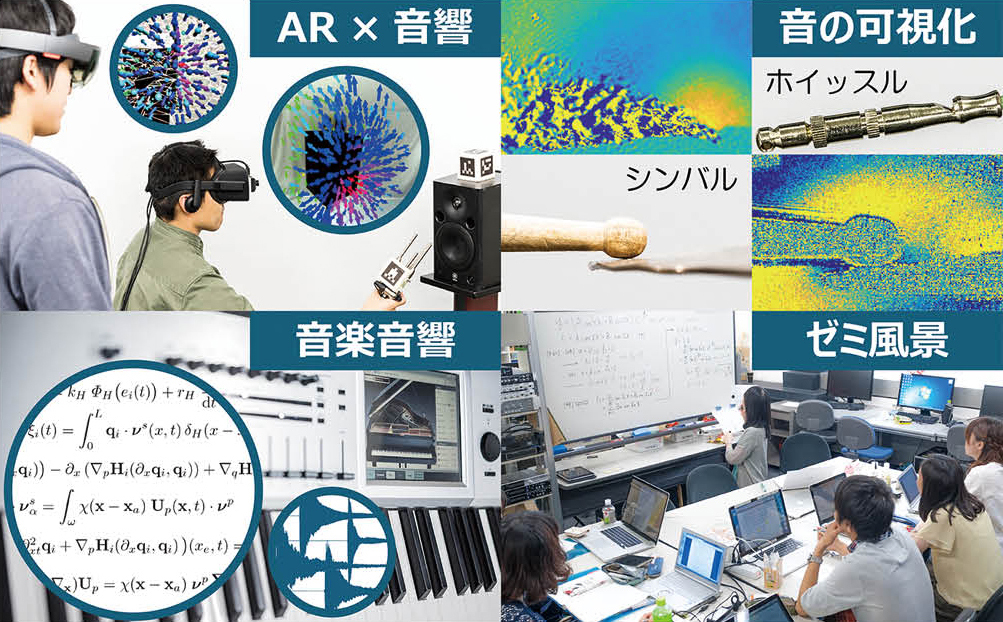
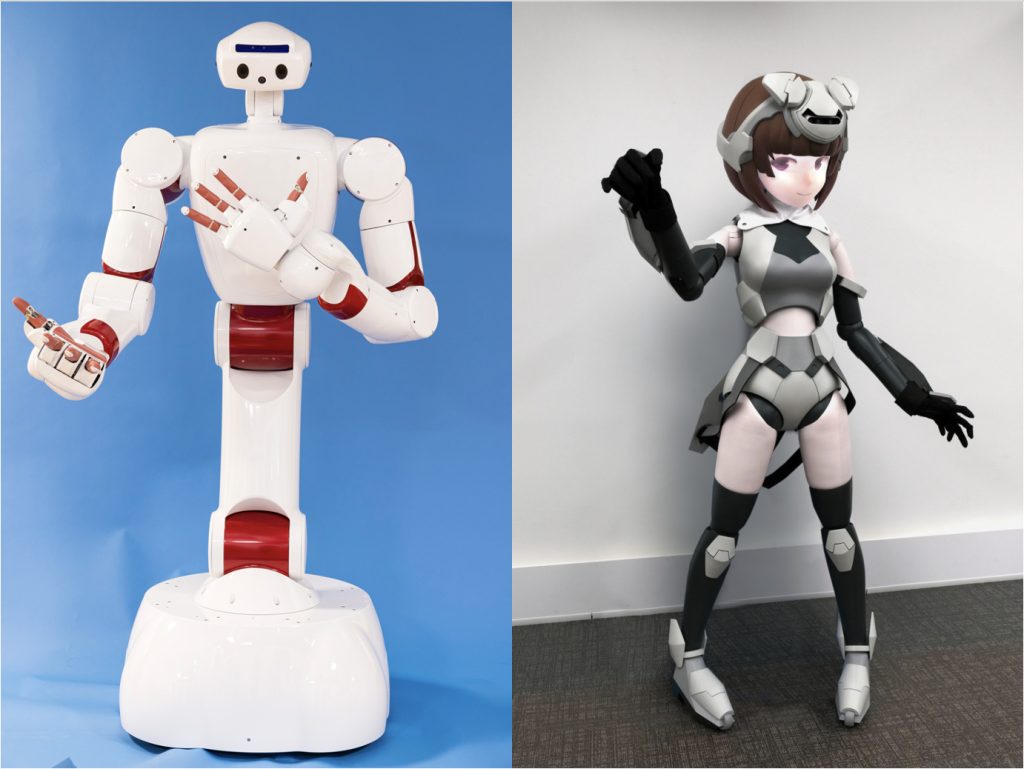
Ogata Research Lab
Our research interest is on a machine intelligence which interacts with the dynamic environment. We are challenging this theme by taking constructivist approaches with robot systems and neural network model (deep learning). The approach includes imitation learning, linguistic-behavioral integration, human-machine cooperation, and multi-modal active sensing.
Kawai Research Lab
“Ergonomics in Advanced Media” conducts experimental researches on psychophysiological effects and utilization of systems such as stereoscopic images, virtual reality and mixed reality.
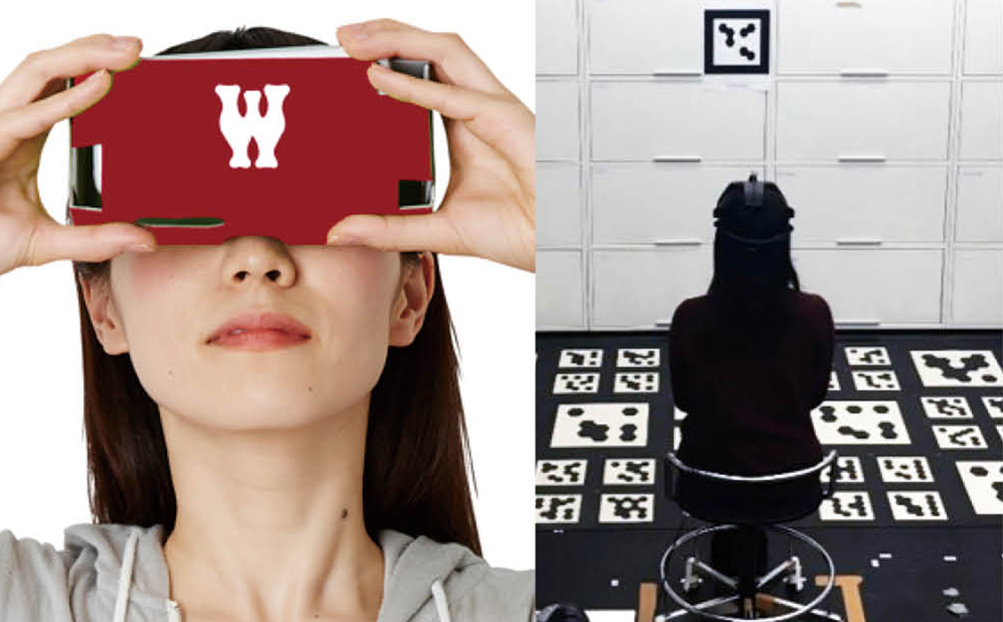
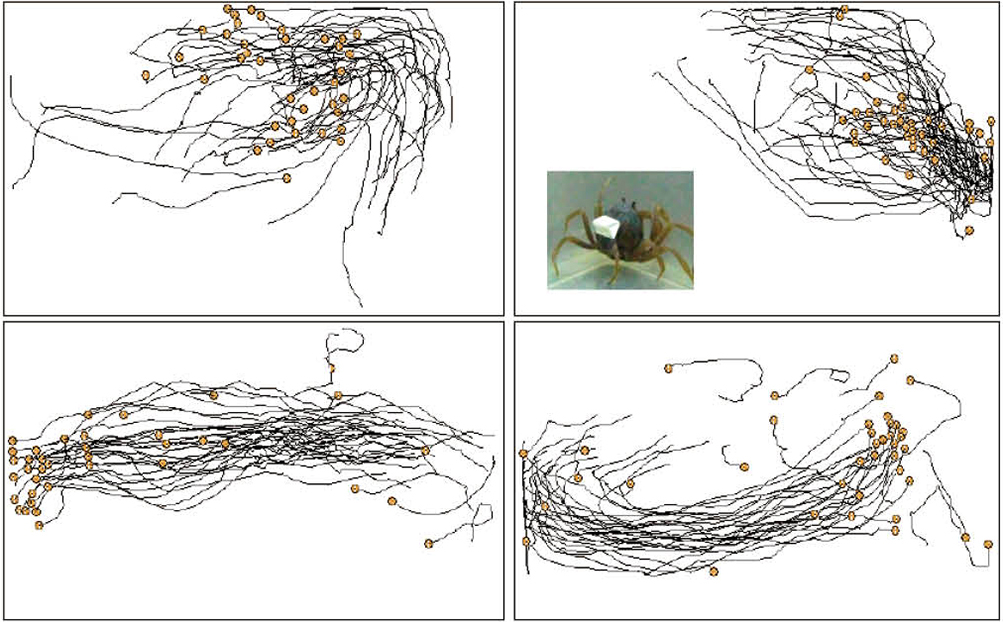
Gunji Research Lab
Examples of Graduation Thesis: Foraging strategy using landmarks in ants; Does human go straight without landmark? ; Ouija board illusion in virtual reality; Sense of agency and ownership for body and spatial perception; Application and limits of circle packing model in ORIGAMI; Analysis and model for swarm of soldier crabs. Figures show trajectories of swarm of soldier crabs, Mictyris guinotae.
Kore-eda and Tsuchida Research Lab
Screening of a work by the students attended “Video Production Course” at Ca Foscari Short Film Festival in Italy – From planning to screening, students team up and spend a year to complete movies. Some of their works are screened at overseas film festivals as well as at “Waseda Shochiku,” a movie theater near the university.
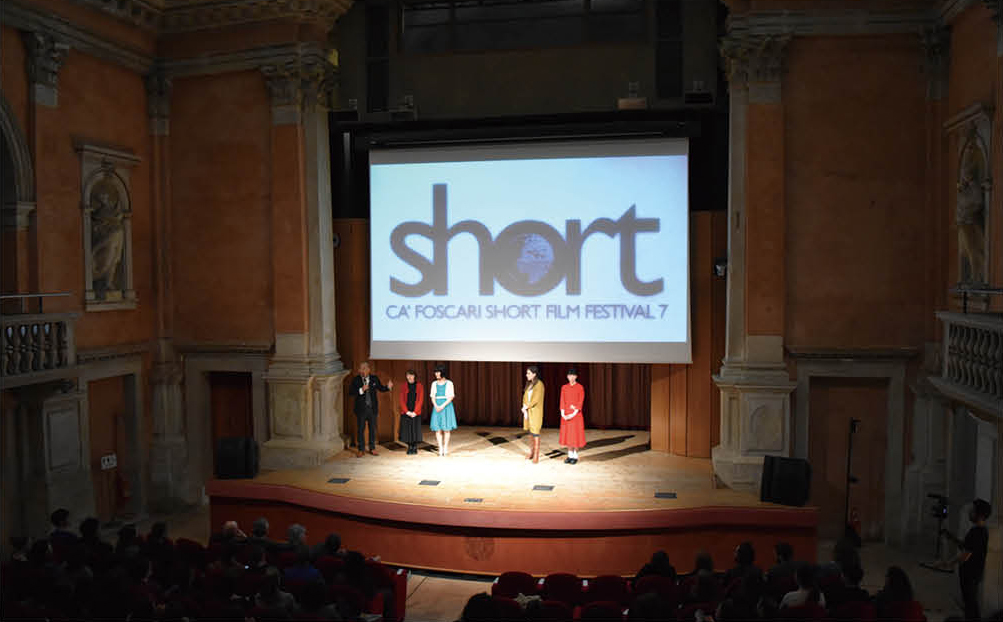
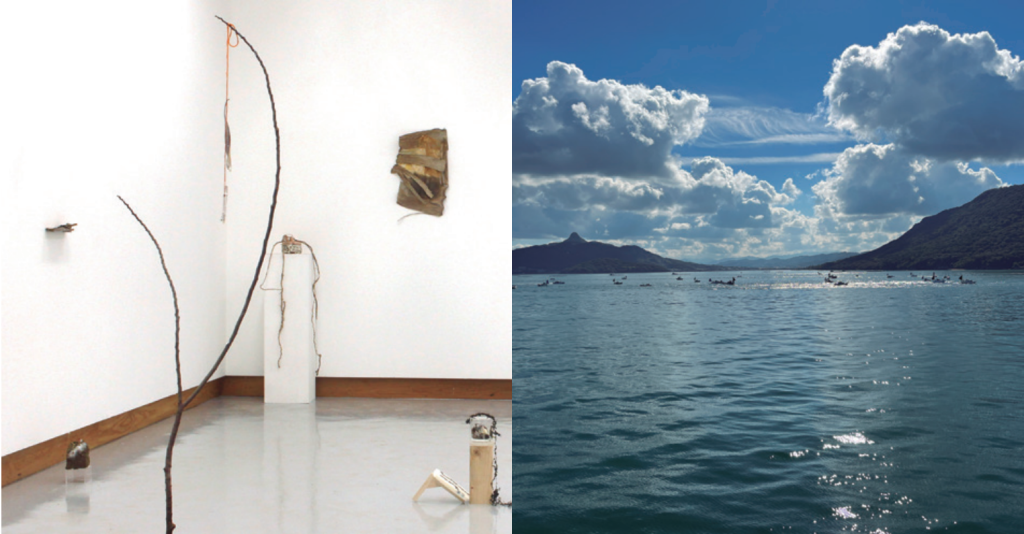
Jack Research Studio
This studio focuses on artistic expression and creative research including ecological relationships between human and more than humans today through exhibitions including Setouchi Triennale, documenta (Kassel) and diverse art festivals.
Hashida Research Lab
This lecture covers our research and development of novel media technologies that integrate diverse analogue (including natural phenomena and artifacts) and digital technologies. We will also describe how these technologies were practically examined through exhibitions and user studies.
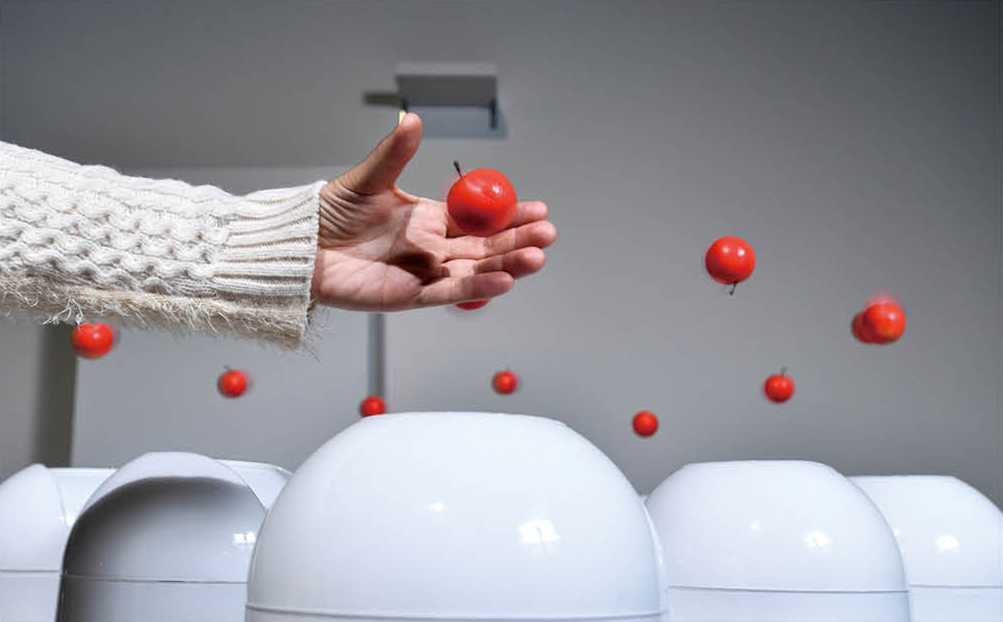
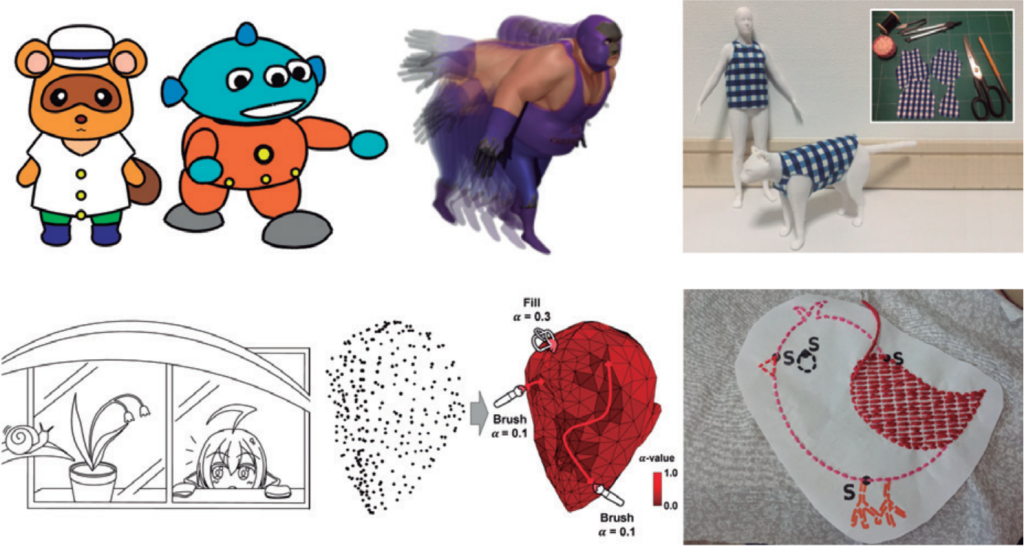
Fukusato Research Lab
In our lab, we do research actiities on “analyzing and reproducing techniques of professional designers” and “developping interactive systems that allow users to efficiently and intuitively design 2D/3D digital contents,” focusing on the fields of computer graphics (CG) and human-computer interaction (HCI).
Morimoto Lab
We study and explore new ways of sonic design and musical expressions.
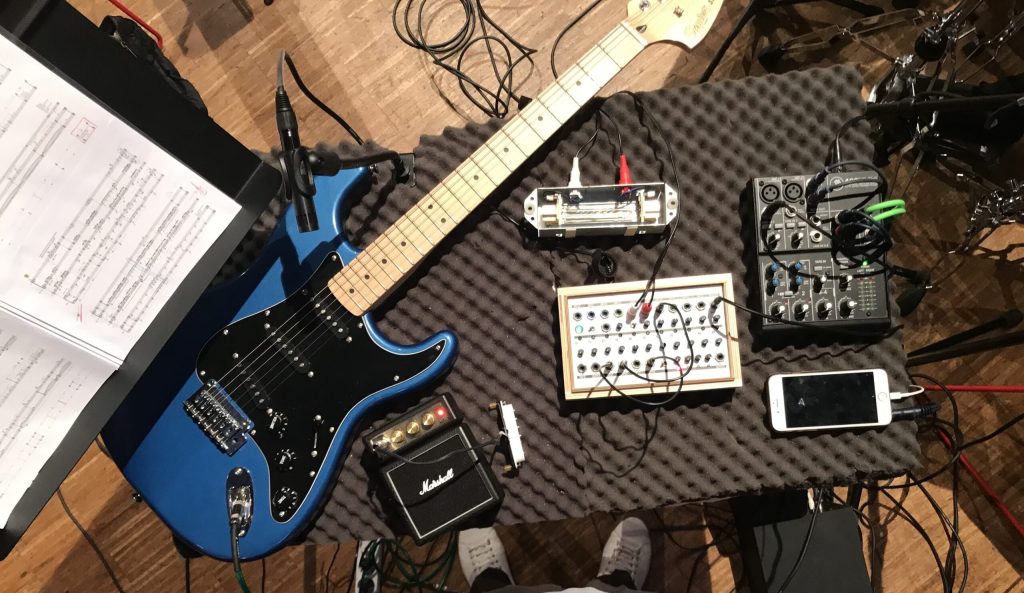
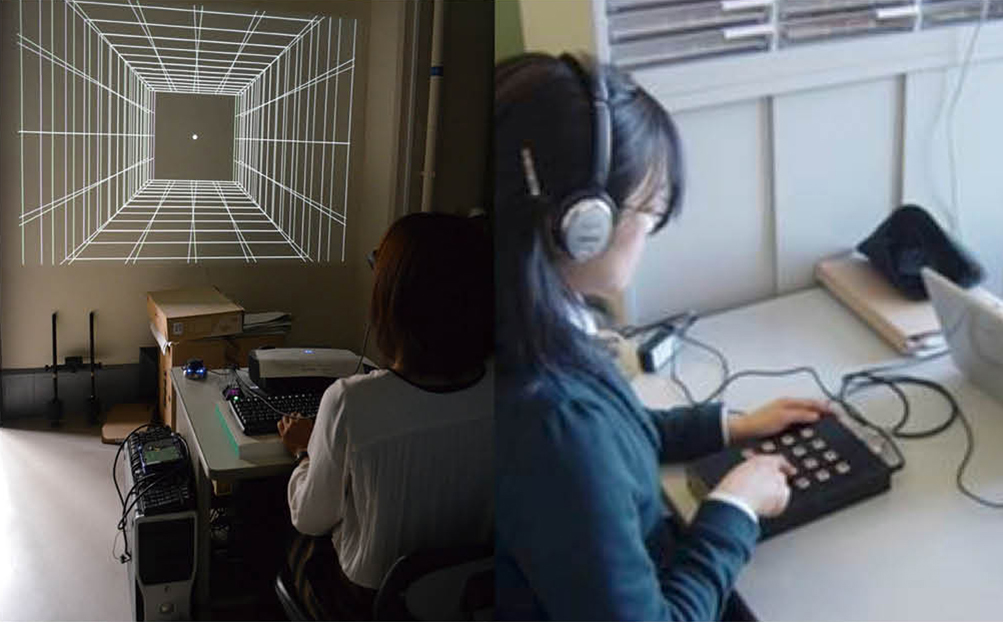
Watanabe Research Lab
Students will learn how to study human mind, behavior, and brain mainly from the perspective of experimental psychology, cognitive science, and brain science. However, the methodology and topic are not confined to the mentioned above.
Professors
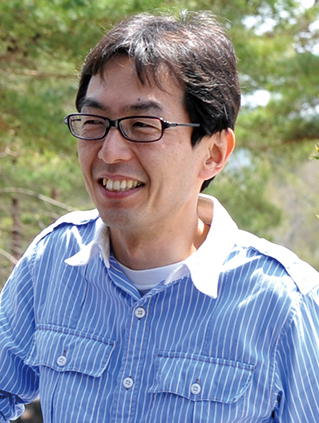
OIKAWA Yasuhiro
Professor, Doctor of Engineering
Yasuhiro Oikawa received B.E, M.E., and D.Eng. degrees in Electrical Engineering from Waseda University in 1995, 1997 and 2001, respectively. He is a professor of Department of Intermedia Art and Science, at Waseda University, and was also a visiting professor at Technical University of Denmark, Denmark in 2012. His main research interests are communication acoustics and digital signal processing in acoustic signal. He is a member of ASJ, ASA, IEICE, IEEE, IPSJ, VRSJ and AIJ.
Sound is essential for communication. It involves changes in the density of air and is transmitted as longitudinal waves in the air. Our research aims to measure acoustical communication transmissions from the sound source position to the receiving point through the transmitting space, thus creating communication aids. In particular, we study the following topics: sound field measurements using lasers and high-speed cameras, visualization of sound field using recent AR/VR techniques, communication aids by bone conduction via teeth, sound field control using high-speed 1bit signal processing, signal processing based on human phonatory and auditory features, musical instrument physics and signal processing and the description and transmission of sound fields, etc.
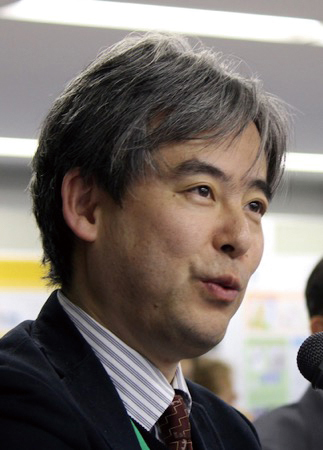
OGATA Tetsuya
Professor, Doctor of Engineering
2017-Current Joint Appointed Fellow of Artificial Intelligence Research Center, AIST, Japan
2012-Current Professor, Department of Intermedia Art and Science, School of Fundamental Science and Engineering, Waseda University, Japan
2009-2015 Researcher, JST PRESTO (Information Environment and Humans)
2005-2012 Associate Professor, Department of Intelligence Science and Technology, Graduate School of Informatics, Kyoto University, Japan
2003-2005 Lecturer, Department of Intelligence Science and Technology, Graduate School of Informatics, Kyoto University, Japan
2001-2003 Research Scientist, Brain Science Institute, RIKEN, Japan
1999-2001 Research Associate, Department of Mechanical Engineering, School of Science and Engineering, Waseda University, Japan
1997-1999 Research Fellow, The Japanese Society for the Promotion of Science (JSPS)
We focus on the understanding the emergence mechanism of communication scheme “intelligence dynamics and representation” and the robotics applications for open-ended interaction with humans. Our approach is based on a neuro-dynamical perspective utilizing deep learning models. Our research targets for intelligence robots and systems include imitation learning, multi-modal integration, human-robot interaction, linguistic-behavioral integration, self and other recognition, tool-body assimilation and so on.
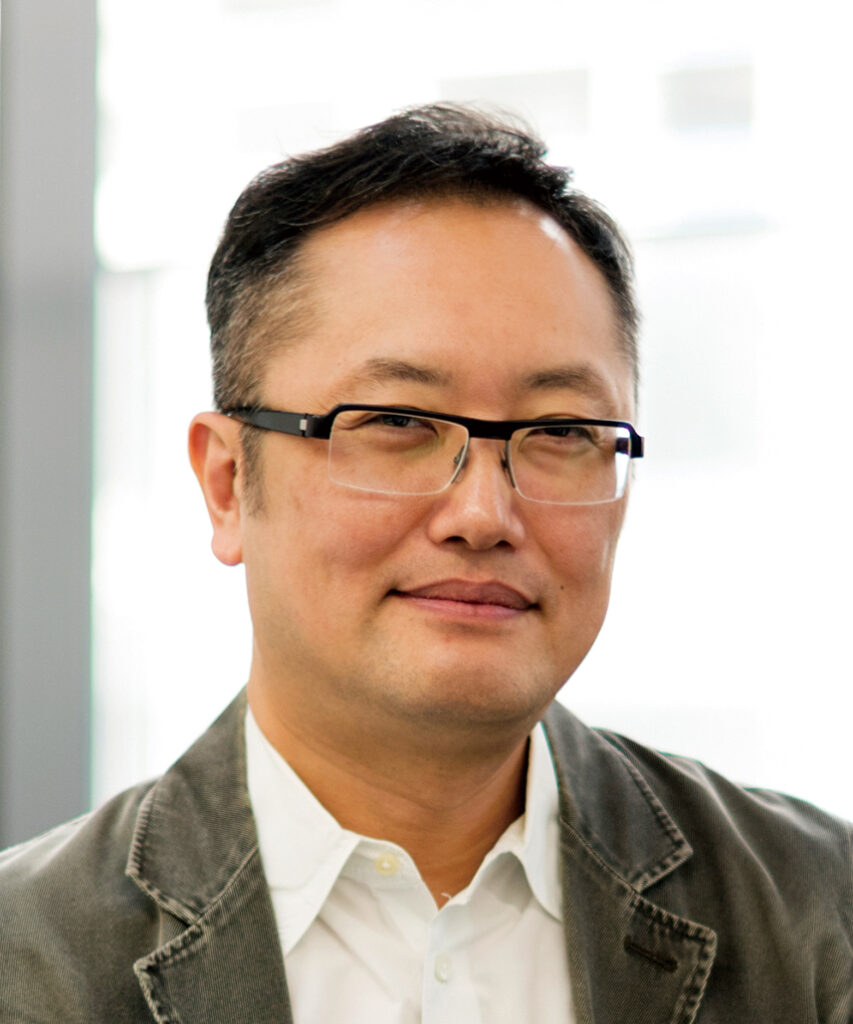
KAWAI Takashi
Professor, Ph.D. in Human Sciences
1998 Ph.D. in Human Sciences from Waseda University
Research Associate, School of Human Sciences, Waseda University
2000 Assistant Professor, Global Information and Telecommunication Institute, Waseda University
2002 Associate Professor, Graduate School of Global Information and Telecommunication Studies, Waseda University
2008 Professor, Department of Intermedia Art and Science, School of Fundamental Sciences and Engineering, Waseda University
Visiting Professor, Institute of Behavioural Sciences, University of Helsinki (FY 2008 and 2016)
Certified Professional Ergonomist (CPE)
Ergonomics / human factors is the scientific discipline concerned with the understanding of interactions among humans and other elements of a system. In my laboratory, we are conducting advanced media systems expected to spread in the near future using ergonomic approaches. For example, in researches on stereoscopic images (3D), we have examined from cognitive and emotional aspects, and the results are actually utilized in 3D film productions. In researches on virtual / mixed reality systems, we are challenging to reduce discomfort such as cyber sickness and improve user experience.
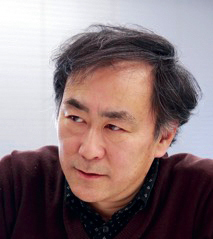
GUNJI Yukio(GUNJI Pegio Yukio)
Professor, Doctor of Science
2014-Present, School of Fundamental Science and Technology, Waseda University
2012-2015, Visiting Professor, University of West England
1999-2014 Professor, Faculty of Science, Kobe University
1993-1999 Associate Professor, Faculty of Science, Kobe University
1987-1993 Assistant Professor, Faculty of Science, Kobe University
1987 Doctor of Science (Tohoku University)
1982 Faculty of Science, Tohoku University
Books: “Life Theory” (2006. Tetsugaku shobou, Tokyo), “Nature of Time” (2008. Kodan-sha, Tokyo). “Life-bot No. 1” (2010. Seido-sha, Tokyo). “Consciousness of Swarm” (2013. PHP. Pub. Co., Tokyo). “Philosophy of Living things and Raw things.” (2014. Seido-sha, Tokyo). And others.
What is “expression”? Is it to present something inside you to the outside? But is there such “something” that exists independent of the external? We think expression is a realization of myself, or human, or living entity that inevitably emerges through interactions with the external world. In this sense, embodiment, behavior, or act of living itself is such “expression”, we would argue. We would also think it is difficult to explicitly describe what exactly expression is. This is because it is not possible for us to perceive or recognize the external as it is. In other words, asking “what is expression?” effectively means deciphering the interactions with the external that we (as the internal) cannot directly know. An interaction between the internal and external is essentially an encounter of two foreign things, in the sense that one can never know the other. Understanding what is expression is thus not manipulating symbols in a homogeneous data-based world, but understanding the world based on this foreignness. Our laboratory is devoted to pursue this question of “what is expression?” in diverse ways through theoretical models, animal behavior experiments, human cognitive experiments, and so on.
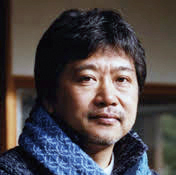
KORE-EDA Hirokazu
Professor
1987 Graduated from the First Faculty of Letters, Waseda University
1987-2014 Member of TV Man Union
1995 Awarded a Golden Osella for Maborosi at the 52nd Venice International Film Festival
1991 Awarded a ATP Award for Lessons from a Calf (Fuji Television Network)
2005-2015 Visiting professor at the College of Social Sciences, Ritsumeikan University
2010-present Member of the Committee for the Investigation of Broadcasting Ethics, Broadcasting Ethics & Program Improvement Organization (BPO)
2013 Awarded the Jury Prize for Like Father, Like Son at the 66th Cannes Film Festival
2014 Formed the production company Bun-Buku, Professor, Department of Intermedia Art and Science, School of Fundamental Science and Engineering, Waseda University
Awarded the Minister of Education Award for Fine Arts (film category)
2015 Awarded the 39th Japan Academy Prize (for Best Picture, for Director, for Best Cinematography, for lighting) for Our Little Sister
Awarded the 39th Fumiko Yamaji Movie Award for Our Little Sister, Awarded the 57th Mainichi Arts Prize for Our Little Sister
In creating films, the filmmaker makes full use of their eyes and ears – as well as the camera – as tools for encountering the world in all its richness. I believe that the willingness to open oneself up to this richness is the starting point for the creative process. From this vantage point, I hope to experience amazement, struggle, and discovery in tandem with our students.

HASHIDA Tomoko
Professor, Ph.D. in Interdisciplinary Information Studies
2003 BA in Musicology, Tokyo University of the Arts
2005 MA in Interdisciplinary Information Studies, The University of Tokyo
2009 Ph.D. in Interdisciplinary Information Studies, The University of Tokyo
2011 Project Researcher, The University of Tokyo
2013 Assistant Professor, Department of Intermedia Art and Science, Waseda University
2015 Associate Professor, Department of Intermedia Art and Science, Waseda University
2021 Professor, Department of Intermedia Art and Science, Waseda University
I am working on finding unexpected functions and new value by slightly modifying various familiar objects, from natural things such as plants, daily necessities, and gadgets to artificial things, and by exercising associative power. I believe that media technology and expressions that bring to the surface such “alternative ways of being” of these objects leave the receiver with a sense of “seeming familiar but surprising, unfamiliar but possibly conceivable,” and produce the joy of rediscovering the objects and autonomous thinking.
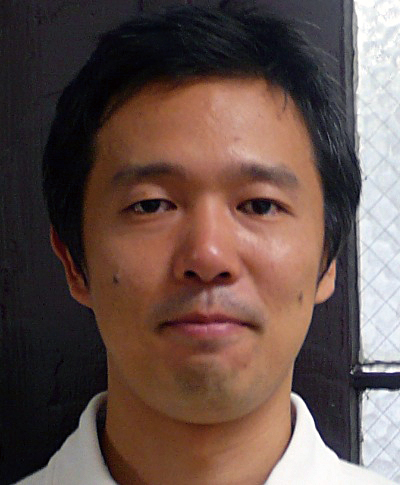
WATANABE Katsumi
Professor, Ph.D.
1995 University of Tokyo, Department of Psychology: BA in Experimental Psychology
1997 University of Tokyo, Department of Life Sciences: MA in Cognitive Science (highest honors).
2001 California Institute of Technology, PhD in Computation and Neural Systems
2002 Research fellow, National Eye Institute, National Institutes of Health, Bethesda, USA.
2003 Research scientist, National Institute of Advanced Science and Technology (AIST), Japan.
2006 Associate Professor, Research Center for Advanced Science and Technology, University of Tokyo, Japan.
2015- Professor, Waseda University, Faculty of Science and Engineering, Japan.
Research in the laboratory aims at using cognitive science to understand various issues in our everyday life from the scientific perspective and to develop the basis of interdisciplinary collaborations. The main themes are: (1) scientific investigations on explicit and implicit processes in human perception, cognition and action, (2) interdisciplinary approaches to cognitive science, and (3) real-life applications of knowledge of cognitive science. The research methods include but not limited to experimental psychology, cognitive science, and brain science.
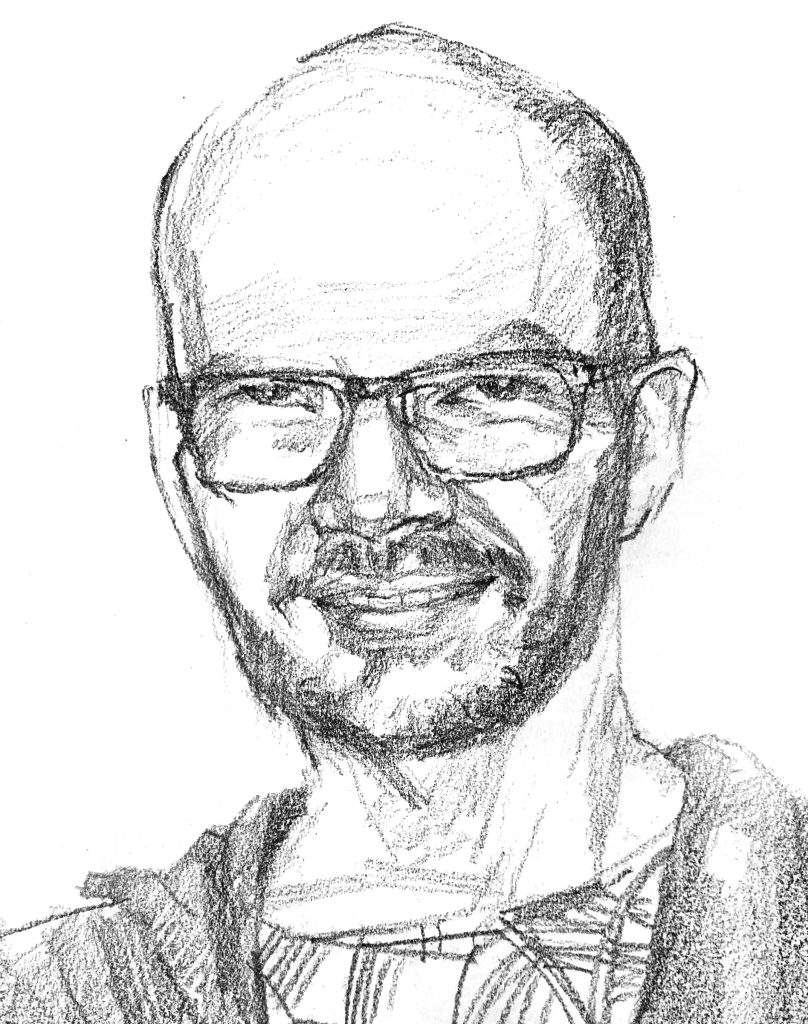
James JACK
Associate Professor, Ph.D.(Fine Art)
2001 BA in Liberal Arts, Sarah Lawrence College
2003 Solo exhibition “Ink & Essence” Tamad Gallery (New York City)
2008 Crown Prince Akihito Scholarship Award
2009 Certificate in Japanese Studies, Stanford Inter-University Center
2011 MA in Japanese Art History, University of Hawai‘i at Mānoa
2013 Setouchi Triennial Exhibition
2015 PhD in Fine Art, Tokyo University of the Arts
2015 Artist-in-Residence, NTU Centre for Contemporary Art (Singapore)
2016 JSPS Postdoctoral Fellow, Social Art Lab, Kyushu University
2018 Assistant Professor, Arts and Humanities, Yale-NUS College
2022 Associate Professor, Department of Intermedia Art and Science, Waseda Unversity
James Jack is an artist who engages with living environments and communities to build positive relationships today. Research focuses on contemporary art praxis grounded in stories, sea and land as collaborators. Artistic methodologies range from ecological, collective, archipelagic and alternative approaches. Through creation, reflection and connection borders are crossed in imaginative ways to revive links with art at the center.
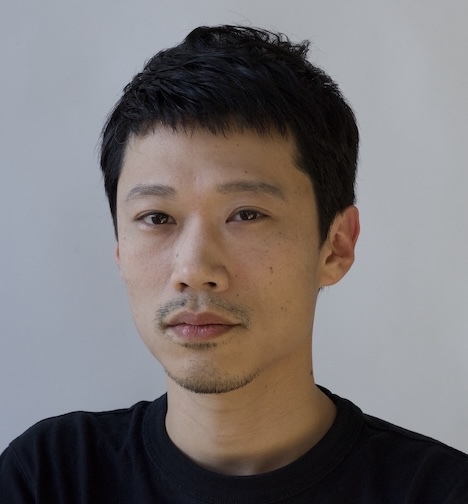
MORIMOTO Yota
Associate Professor, Composer
2015 Ph.D. in Musical Composition from the University of Birmingham, UK
2019 Composed music for Singapore’s Changi Airport
2022 Composed music for International Horticultural Expo Floriade 2022
2023 Visiting Professor, Institute of Sonology, Royal Conservatoire The Hague
2024 Associate Professor, Department of Intermedia Art and Science, Waseda Unversity
Why do we make music? Why do certain sounds or music so irresistibly resonate with us? Music is a device which we have, over the vast expanse of time, collectively shaped, with which we communicate and share musical feelings. To study this fascinating piece of technology, we will need as many approaches from acoustic and psychoacoustics, to organology (that of musical instruments) and theories of composition. And in this pursuit, the unity-of-action-and-knowledge (知行合一)becomes crucial. Let’s open our ears, use our hands and make noise! We are a part of a new sonic culture and we shape future music.
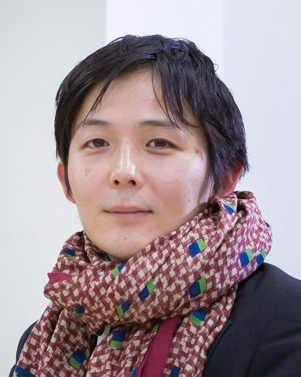
TSUCHIDA Tamaki
Associate Professor
2000 Graduated from the Department of Economics, School of Political Science and Economics, Waseda University
2001 Received a Swiss government scholarship to study at the University of Lausanne
2003 Successfully completed a master’s program in Interdisciplinary Cultural Studies (Culture and Representation) at the Graduate School of Arts and Sciences, University of Tokyo
2005 Received a French government scholarship to study at Université Paris 8
2006 Received an Italian government scholarship to study at Roma Tre University
2007 Successfully completed a master’s program in Cinema and Audiovisual Studies at the Department of Arts, Philosophy and Aesthetics, Université Paris 8
2009 Left university after completing a doctoral program without receiving a degree in Interdisciplinary Cultural Studies (Culture and Representation) at the Graduate School of Arts and Sciences, University of Tokyo
2009 Researcher, Waseda University Theatre Museum Global COE, Part-time research fellow, Institute for Global Area Studies, Tokyo University of Foreign Studies
2010 Assistant Professor, Graduate School of Film Producing
2013 Associate Professor, Japan Institute of the Moving Image
2016 Assistant Professor, Department of Intermedia Art and Science, School of Fundamental Science and Engineering, Waseda University
It’s fair to say that a film only truly becomes a film when it is watched by an audience on a big screen for the first time. The shared experience of watching it in a cinema or a public space, rather than just continually looking at it on a monitor while sitting in a room somewhere, has the power to transform the images into something richer. In films, the acts of making, watching, and showing are inseparably intertwined; My research will be conducted to investigate the relationship between them. As well as analyzing the films themselves, we will examine critical awareness of the creative process and ethics, technologies and ideas supporting new forms of expression, and dissemination within society and the systems for this, viewing them through the prism of film history, as well as cinemas and film festivals. This will doubtless lead us to reconsider the relationship between the maker and the recipient of a work, as conventionally understood in the arts.
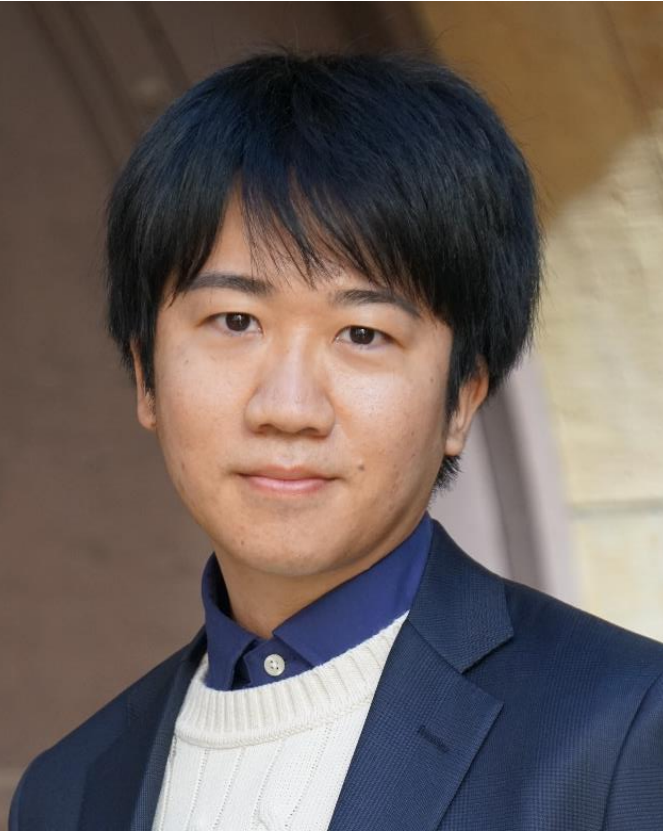
FUKUSATO Tsukasa
Associate Professor, Ph.D. in Engineering
2012 B.E, Waseda University
2014 M.E, Waseda University, Creator, IPA: Exploratory IT Human Resource Project
2015 Research Fellowship for Young Scientists (DC2), JSPS
2015-2017 Internship at Adobe Research in San Jose, California, USA
2017 Ph.D in Engineering, Waseda University, Junior Researcher, Waseda Research Institute for Science and Engineering, Assistant Professor, Graduate School of Information Science and Technology, the University of Tokyo
2022 CG technical advisor, Japan Medical Company, Inc.
2023 Lecture, Department of Intermedia Art and Science, Waseda University.
To produce 3DCG (or hand-drawn) animations, it is essential for professional designers to do “manual work.” However, this approach is time-consuming and tedious, and requires special but empirical skills. If such problem cannot be solved, their skills will be lost in the future. I tackle the challenge of formulating their skills and implementing various interactive systems from the aspects of computer graphics (CG) and human-computer interaction (HCI) fields.
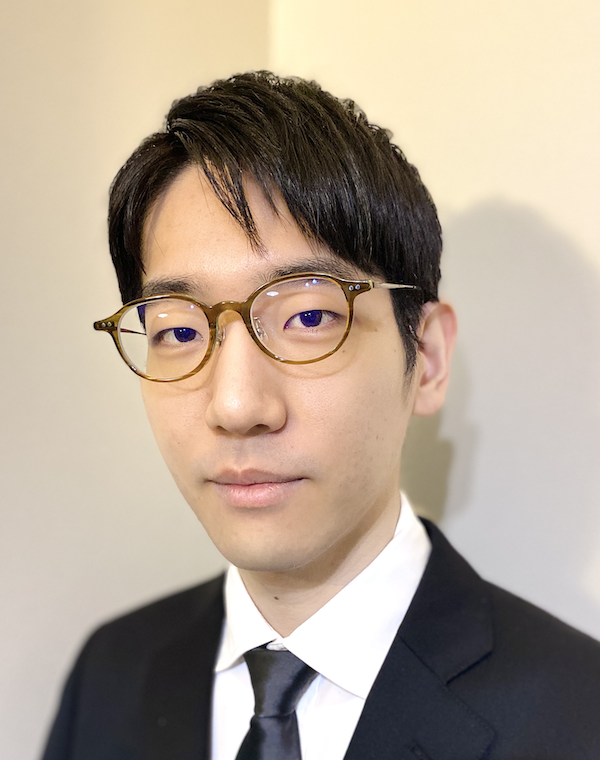
BANCHI Yoshihiro
Assistant Professor, Doctor of Engineering
2018 MA in the Department of Intermedia Art and Science, Waseda University
2018 Research Associate, Department of Intermedia Art and Science, Waseda University
2020 Ph.D in the Department of Intermedia Art and Science, Waseda University
2020 Assistant Professor, Department of Intermedia Art and Science, Waseda University
2021 Guest Junior Researcher, Waseda Research Institute for Science and Engineering
2022 Assistant Professor, Department of Intermedia Art and Science, Waseda University
There is a lot of “human data”. I research human behavior that is both subjective and objectively expressed, conscious and unconscious, in the context of human factors and ergonomics, as well as data science methods, with a particular interest in advanced systems. I am seeking out what human data represents as the “real world”.
After Graduation
Applying your studies in the real world
Now emphasis is on the importance of diversity and the creation of new values by people who can play an active role in the practice of advanced expression based on an understanding of science and art. In the development of technology to broaden the scope of communication, future creatives from The Department of Intermedia Art and Science are expected to be in demand from a wide range of professional fields. Integrated education and research system between the undergraduate and master’s degree programs encourage students to acquire advanced and specialized knowledge and abilities. In the master’s program, students not only deepen their own research, but also learn how to tackle social issues and the significance of their research in a practical manner through joint research with companies and internships.
Where do our graduates go? 2017-2024
Upon completion of the BA degree

Graduate School: Graduate School (Department of Intermedia Art and Science, other)
Electrical, Machinery and Manufacturing: NEC, Nikon, etc.
Publishing and Advertising: Kadokawa, Sanrio, Dentsu, Toho, etc.
Information and Communication Technology: ANA Systems, NTT docomo, IBM Japan, Nomura Research Institute, Rakuten, etc.
Broadcasting: NHK, etc.
Others: AWS Japan, Oriental Land, Canon Marketing Japan, Goldman Sachs, Resona Holdings, etc
Upon completion of the MA degree

Graduate School: Graduate School
Electrical, Machinery and Manufacturing: Sony, Nintendo, Panasonic Holdings, Mitsubishi Electric, etc.
Publishing and Advertising: teamLab, Dentsu, Hakuhodo, etc.
Information and Communication Technology: Koei Tecmo Holdings, Fujitsu, IBM Japan, Nomura Research Institute, etc.
Broadcasting: NHK, etc.
Others: Accenture, Itochu Modepal, Development Bank of Japan, Morgan Stanley Holdings, etc.
